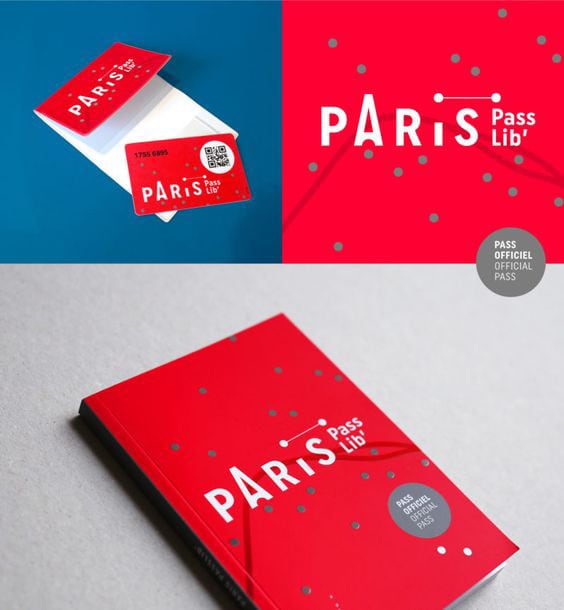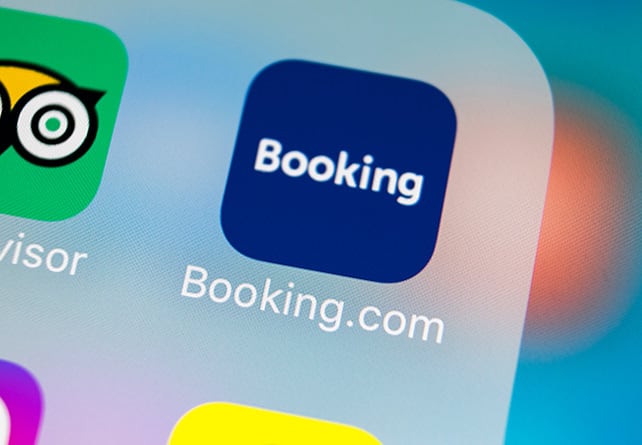TRENDS AND TRANSLATIONS IN TRAVEL
The Internet and smartphones have changed everything. Today’s travelers can find a vacation, book a tour and unlock a hotel room with their smartphones. Airlines have their own apps to connect to customers 24/7 with flight information, offering deals on hotels and car rentals. Travelers trust each other’s reviews more than anything else.

TRAVEL MARKETING IS A TWO-WAY STREET
Communications between marketers and travelers used to be a one-way street, but now it’s a very crowded highway going both ways. In its 2018 Experiential Traveler Trends Report, USA’s Skift Research concludes that the two most important sources of information for trip planning are peer-driven sources (travel reviews) and advice from friends and family. Are your most favorable reviews available in multiple languages to reach all target audiences? And if not, why not?
Many travel companies now report that transcreation and original content creation appear more frequently on their list of required services. Their goal is to reach new demographics in emerging markets, and ON TARGET can help get them there, with creative adaptations for email campaigns and mobile/web promotions.
EXAMPLE: Food menus are a very specific challenge. Food terms vary greatly by locale, and each chef wants to make his or her menu reflect the culinary inspiration “du jour,” often including a sprinkling of French and Italian terms throughout. Did you know, by the way, that there are over a dozen ways to say “chicken” in Spanish? Travel companies wanting to optimize their chances in emerging markets are now reporting that “transcreation” and original content creation have become key services in meeting their goals. This is not surprising, given the growing sophistication of Internet users. A gastronomic translator has to have extensive culinary knowledge as well as an insight into localized trends. ON TARGET has two such experts - Yasmin and Sylvie - who are true foodies happy to take on any challenge.

MILLENNIALS HAVE DIFFERENT EXPECTATIONS
Unlike the older traveler who might seek luxury and comfort, millennials are choosing to spend their travel money differently. They are not as interested in branded experiences (such as Club Med or Disney Cruises), and many want eco-friendly destinations. Personalization to match expectations is crucial. ON TARGET understand millennials, and can adapt your message accordingly.

THE THREE KEY TRAVEL LANGUAGES ARE CHINESE, ENGLISH AND SPANISH
TOP 10 TOURIST DESTINATIONS
In 2014, the 10 most visited countries were, in order, France the United States, Spain, China, Italy, Turkey, Germany, United Kingdom, the Russian Federation and Mexico.

ORIGIN OF TOP TRAVELERS
Citizens from China, Hong Kong, the United States, the United Kingdom, and the Russian Federation travel the most outside their own borders.

ADAPTING CONTENT TO CHINESE IS A LUCRATIVE MOVE
In just 2015 alone, the USA hosted 2.59 million Chinese tourists. That figure is expected to be 5.72 million by 2021. As reported by the US Travel Association, the Chinese spend much more than other visitors, averaging $7,200 (US) per person. A whopping 94% of these travelers also reported visiting an online price-comparison site. If you’re not reaching them in their own language, you’re missing a golden opportunity.

ENTER “WECHAT”, A NEW TECH-TOOL TO REACH CHINESE TOURISTS
Tencent is a Chinese Internet conglomerate that offers a suite of advertising tools for US and European tourism boards to reach their consumers, including “WeChat”, the largest messaging and digital commerce mobile app in China. These new tools make it easy to adapt content and build microsites for the Chinese market. And with nearly one billion users, WeChat cannot and should not be ignored by the tourism industry.


